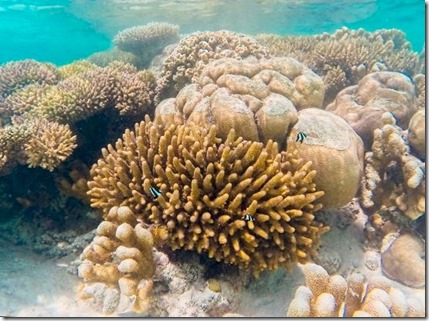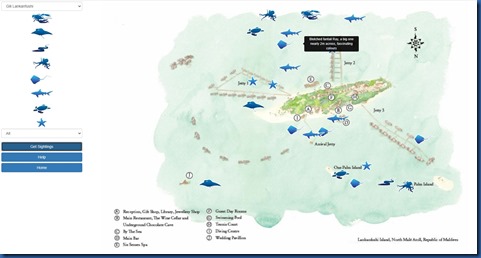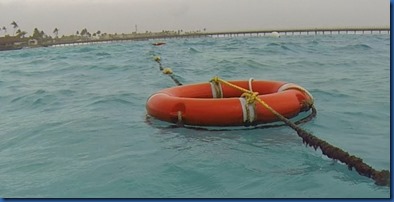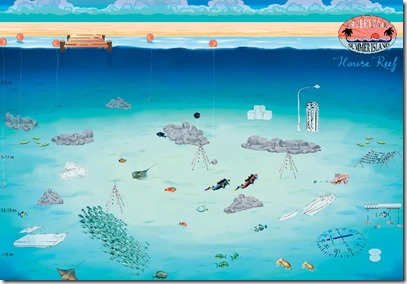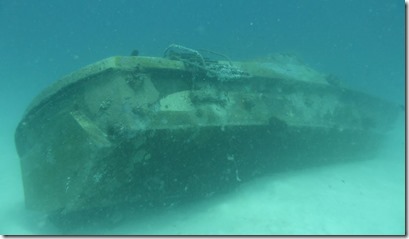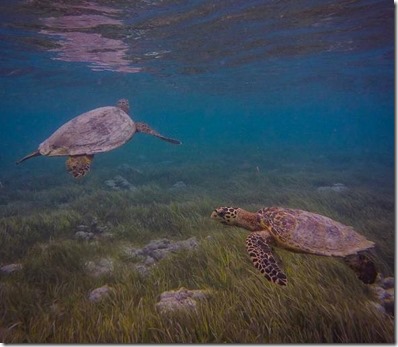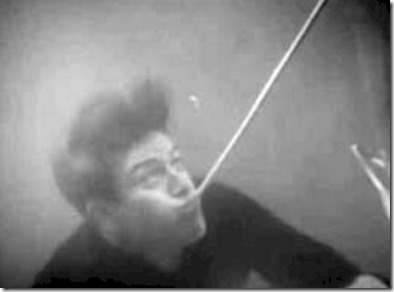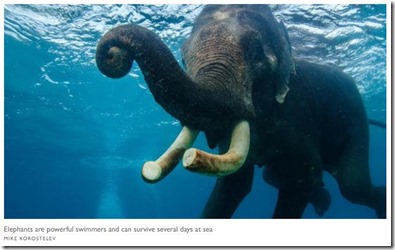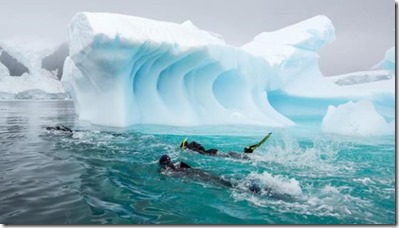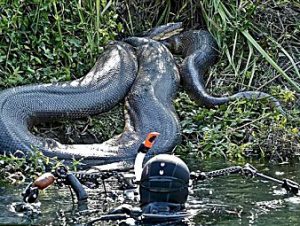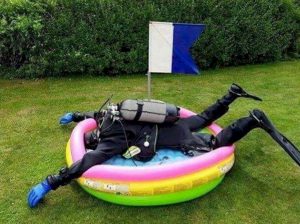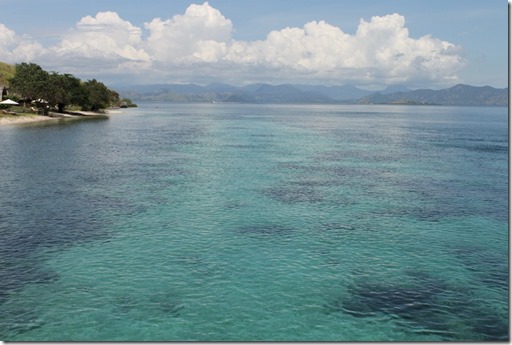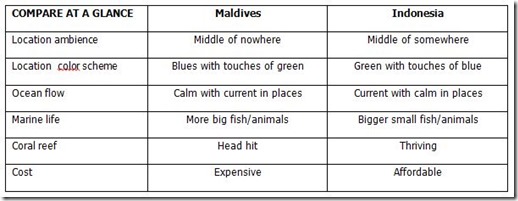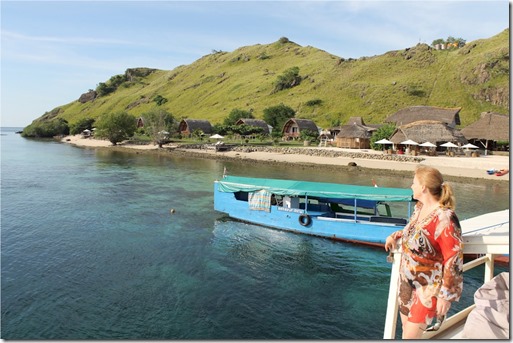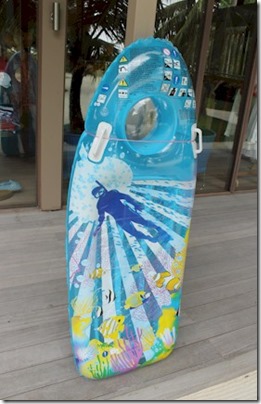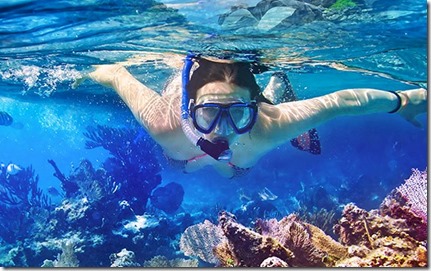
The Maldives lagoons. There aquamarine pools are perhaps the feature that most defines the distinctive Maldives topology from above. And yet for many Maldives aficionados and avid snorkelers, they often dismissed and disregarded. The “main event” for the Maldives’ world leading snorkelling is the ‘house reef drop off’. Where the coral shallows plummet into the deep blue ornamented with a living collage of vibrant sealife.
Lori and I often feel these unsung littoral shoals are underappreciated. On our first visit, we knew nothing about the drama of the house reef and spent our first days happily snorkelling among the scattered coral croppings in two-foot deep water. We were nonetheless still mesmerized by the schools of tropical fish darting here and there. Since that time, we have had some very fine snorkels in lagoons.
I long ago added a basic ‘house reef’ rating to the resort Profiles, but a couple years ago I thought of adding a ‘Lagoon Rating’. I didn’t have enough information to do a good job of it and, as I’ve mentioned, there’s not a lot of call for lagoon info. But I have seen many lagoons in my 70+ Maldives resort visits and snorkelled most of them, and I have been struck by a number of them. For example, Four Season Kuda Huraa’s with its early and ambitious reefscaping initiative stands out for example. But I have to call out Canareef’s “Coral Garden” as very possibly the best ‘house lagoon’ in the Maldives.
While lagoon snorkels are more sedate and less eventful affairs, our snorkel of their Coral Garden was one of the most exciting underwater excursions of the trip. First you are struck by the great variety of coral. Most of it in very good health. One of the best parts is the crewcut forests of staghorn coral tickling the underside of the ocean top. They weave in contorted shapes like a shrubbery maze in the garden of a stately home that you can get lost in roaming through the sandy channels.
And this water wonderland extends for acres and acres. In fact, it gets a bit spooky to swim half a kilometre offshore even if the depth is still chest high. The shallow depth makes the Coral Garden an attractive option for snorkelling novices especially at low tide. If you have any difficulties, you can just stand up (as long as you ONLY stand on the sand, not the coral, but there is plenty of sand around). Even though it is sheltered and shallow, always take every precaution when snorkelling especially if you are less experienced.
Many resorts have started adding a number of creative touches to give their lagoons more allure. Despite its abundance of natural blessings in the lagoon department, Canareef is not resting on its laurels. They are in the process of building a special overwater bar to support the snorkelling. You can get gear there and have a post-snorkel drink while sharing all your snorkel spotting tales.
Never have I seen so much marine life in such little water.
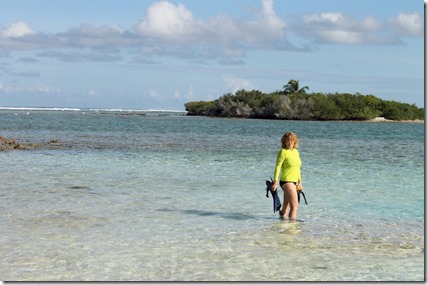
Lori venturing out into Canareef’s Coral Garden
